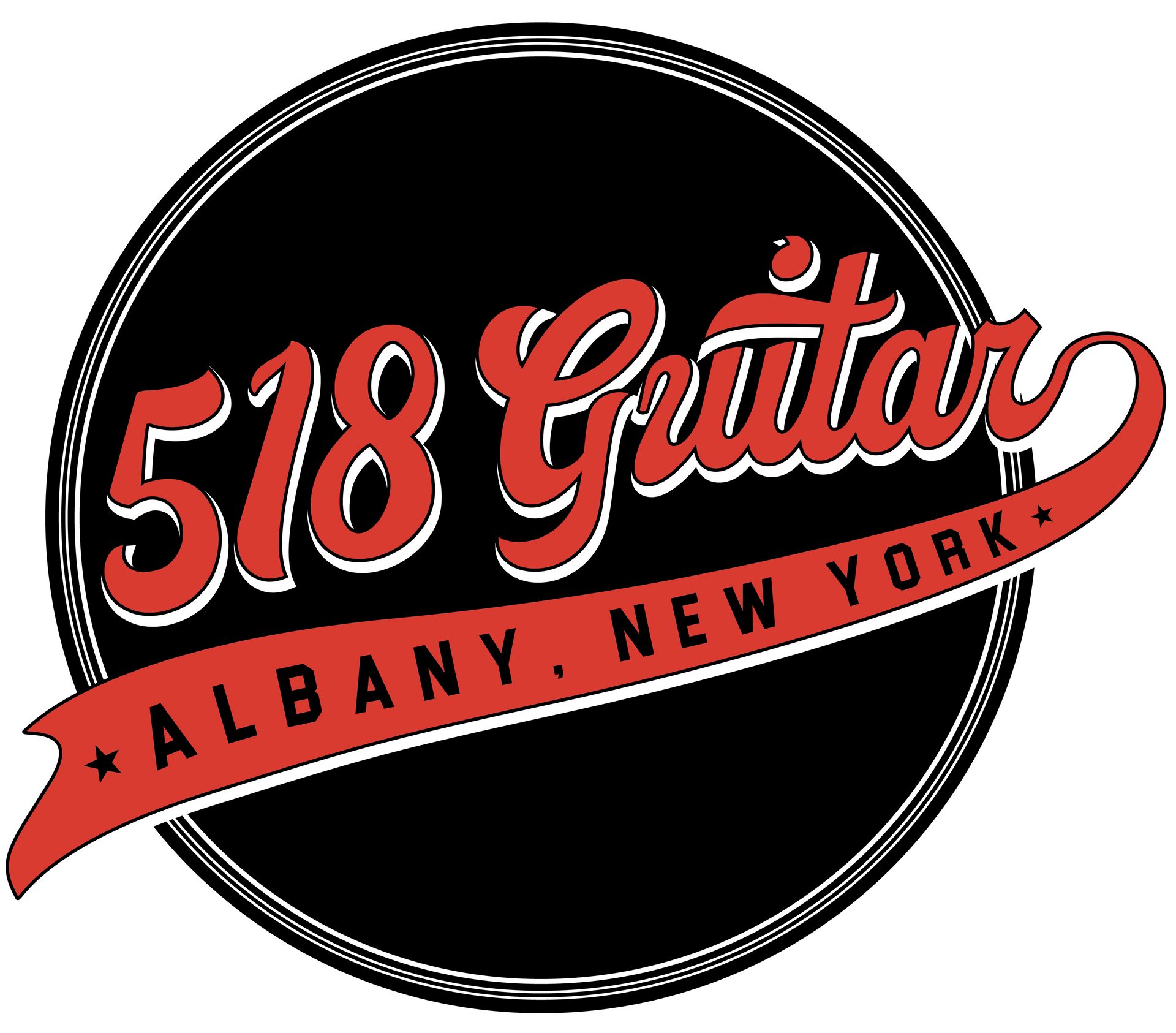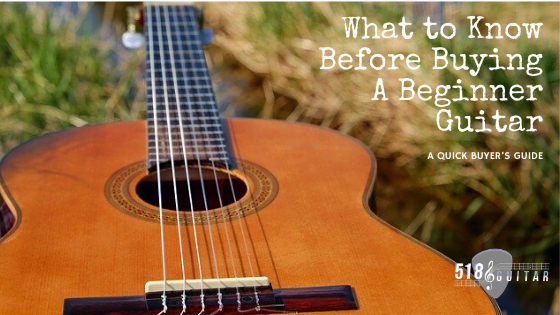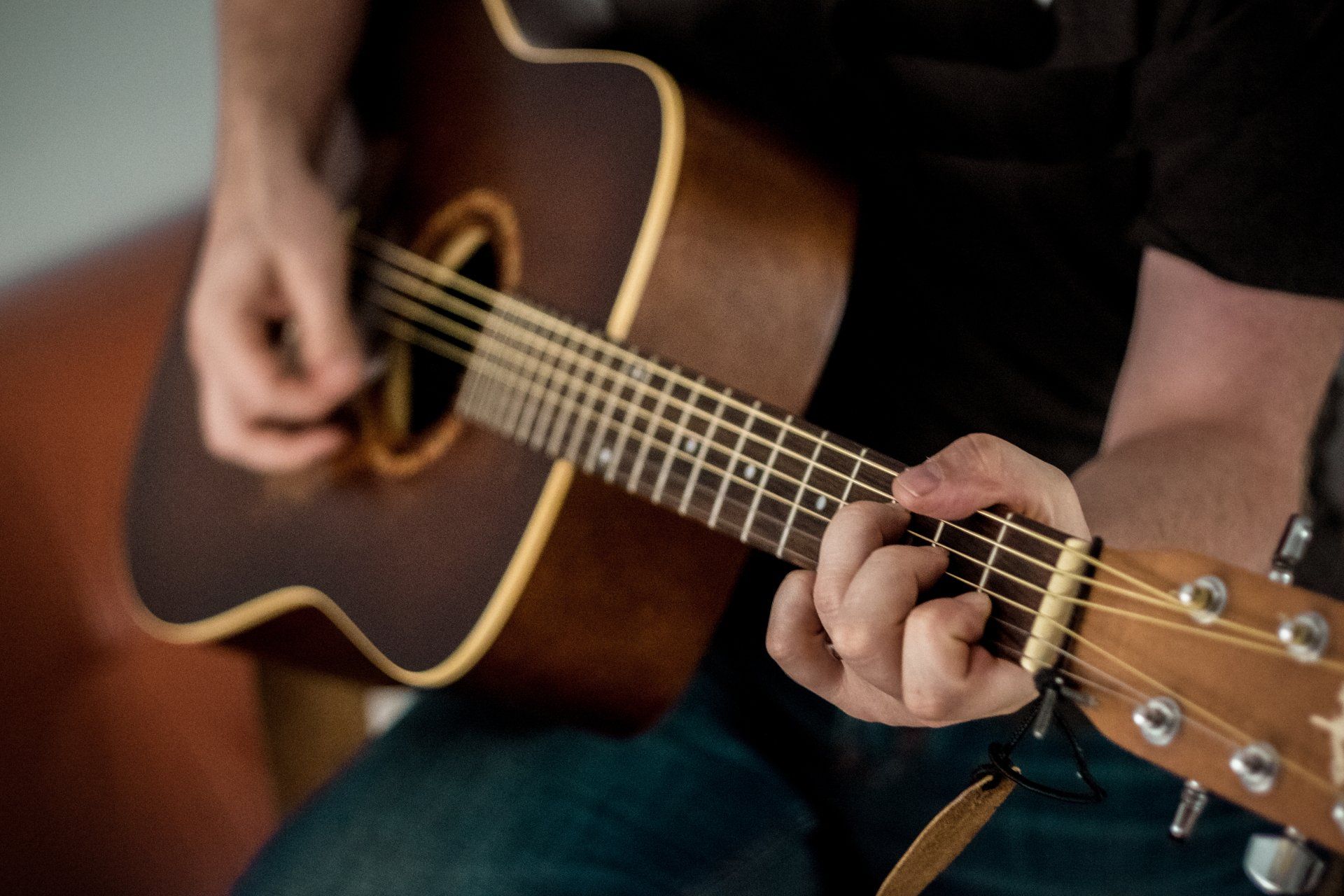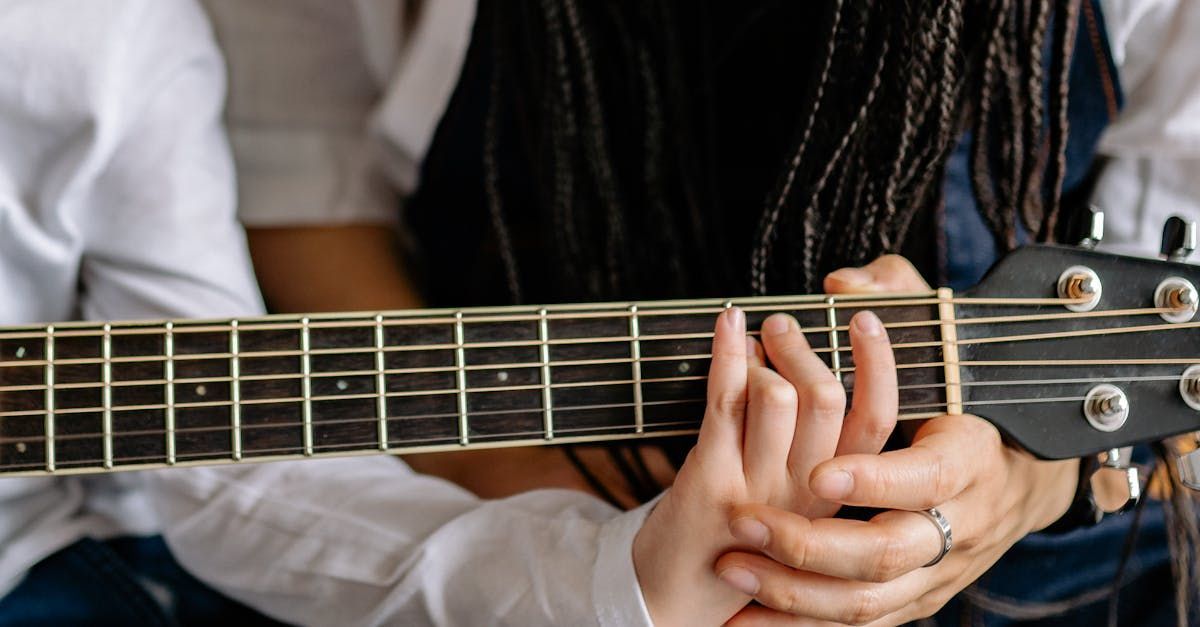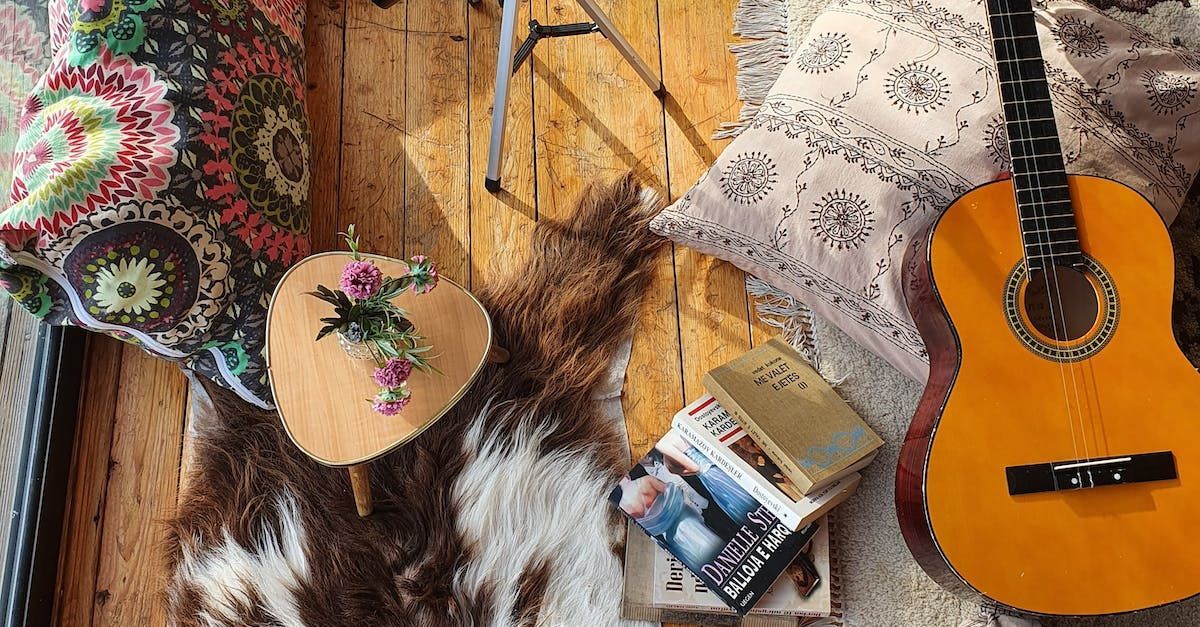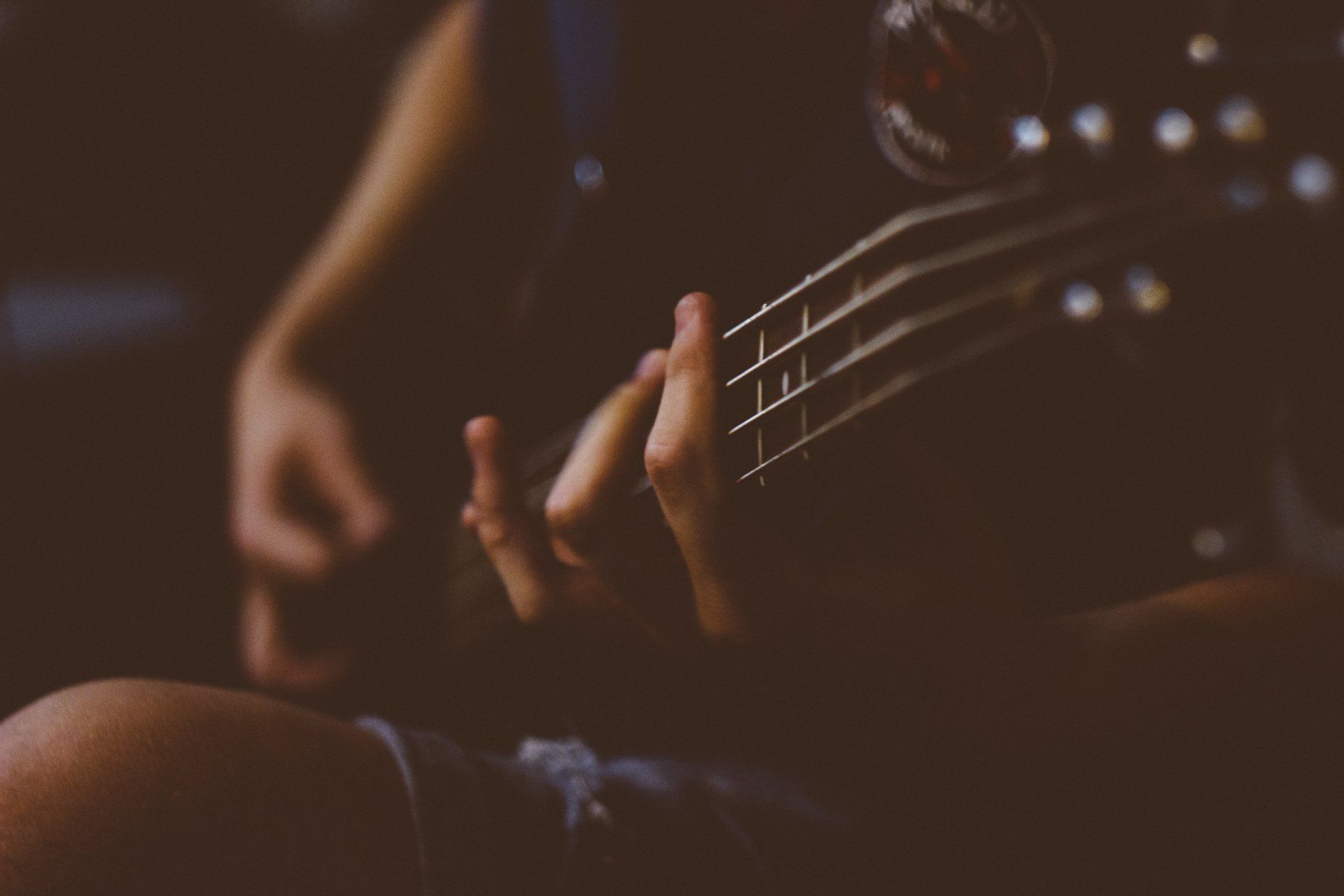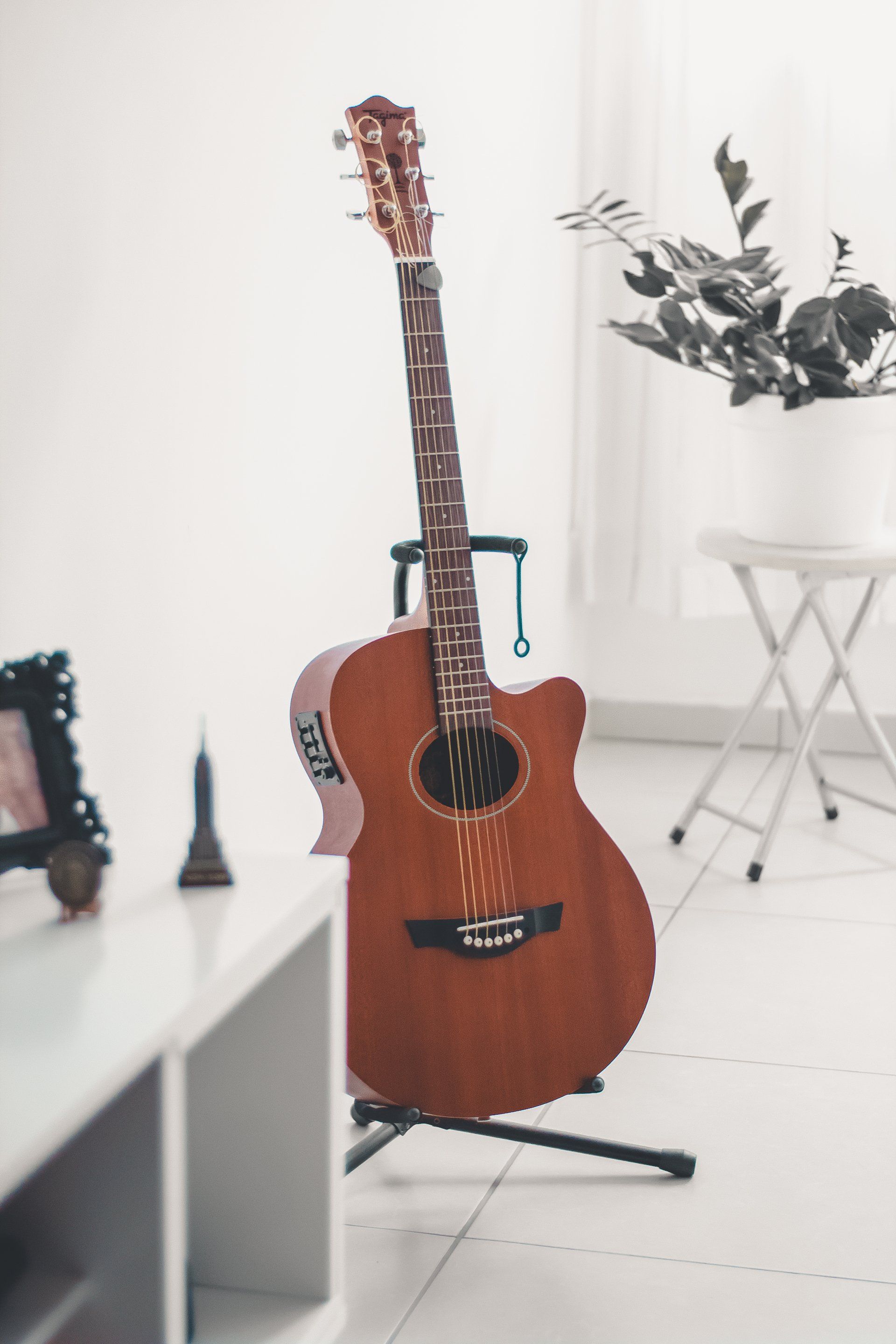My purpose here is to be your beginner guitar buying guide. This article will assist you in feeling focused, prepared and knowledgeable before stepping foot in your local musical instrument shop - or - before clicking your mouse and spending your hard-earned money on a new beginner's guitar.
You are probably curious about the cost, quality, size and style of guitar to purchase. You cannot always count on the sales rep to know best. There is intense pressure on sales reps, especially during big sales or the holiday season, to move product. They have goals.
Sometimes a very cheap, poorly made guitar gift to a child is actually a burden to the parent/guardian, and a frustration for the child. Now there is a child wanting or expecting lessons with a guitar that won't ever play right. Some can be fixed by a luthier or technician at $50/hour plus parts. Some can't. And then the family says, after pain and frustration on an instrument that can't be tuned, that the learner "didn't stick with it". I see this all. The. Time.
And hey - consider that a sax rental for your learner is on average $30 - $50/month. You're spending about $600 a year NOT own a brass instrument. A beginner sax can run you $1,850 - $3,000 to purchase. So why the hesitation to purchase a quality beginner guitar for $400 or $500?
Let's explore the three top questions I receive as a guitar instructor from parents, grandparents, and even those shopping for themselves.

